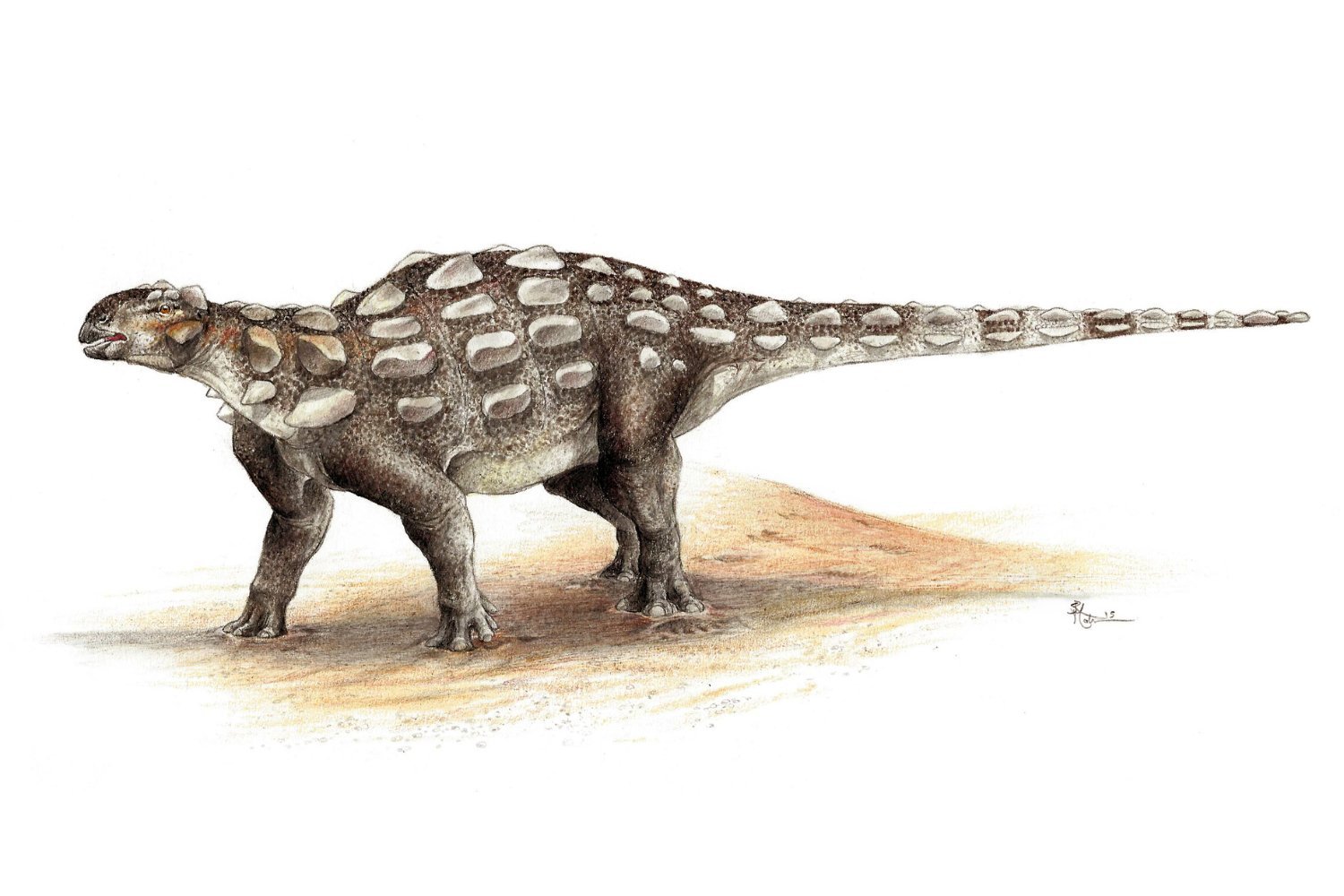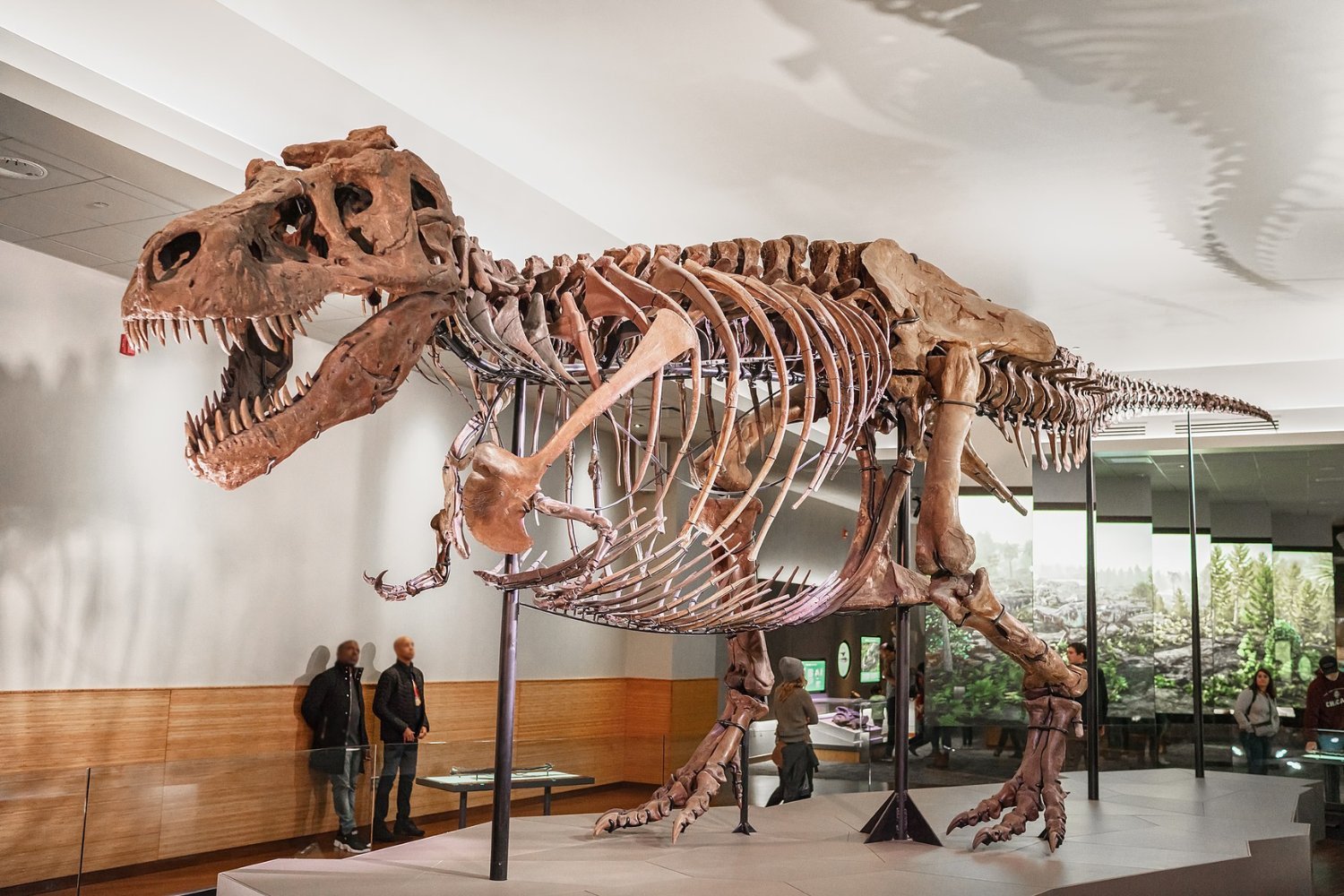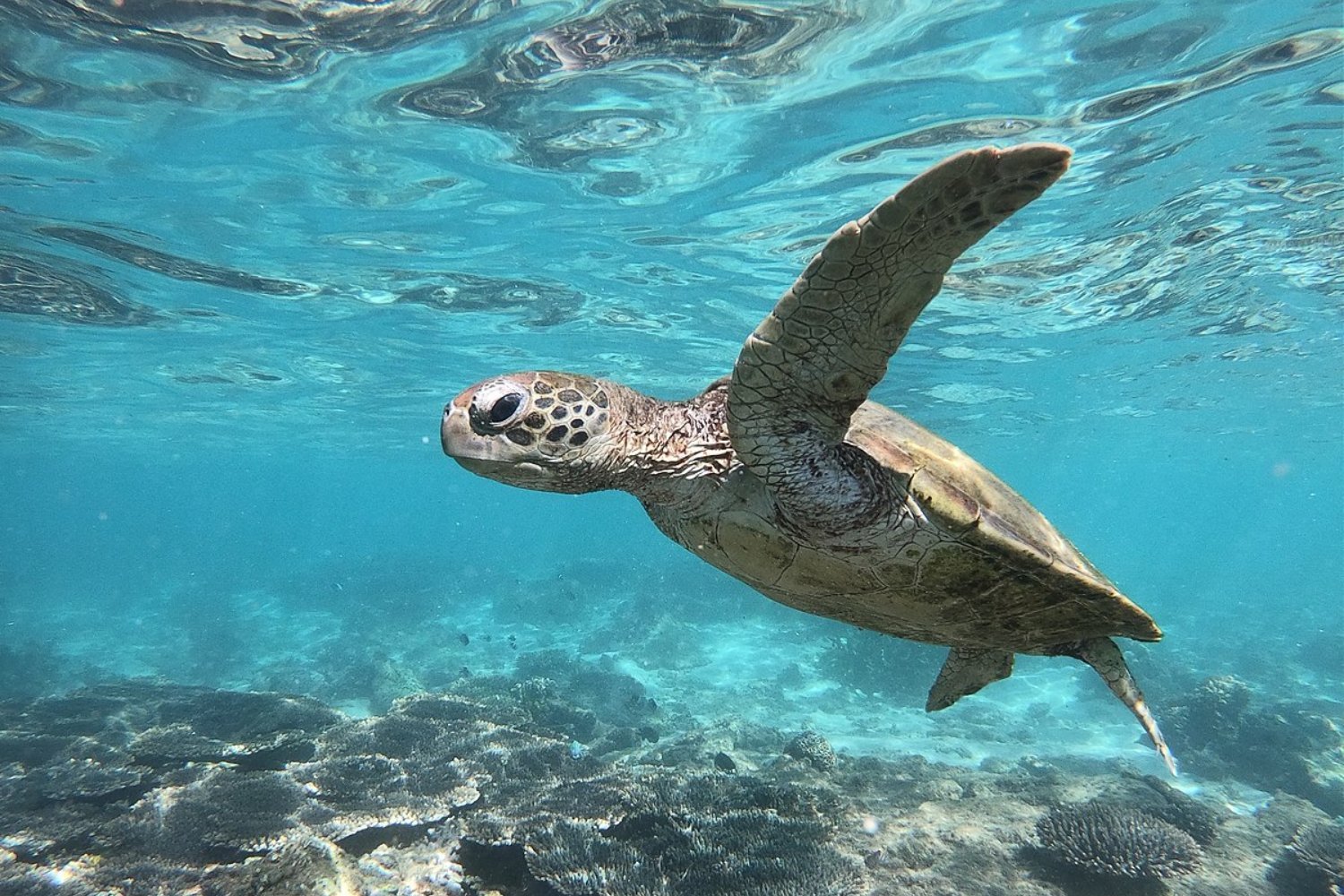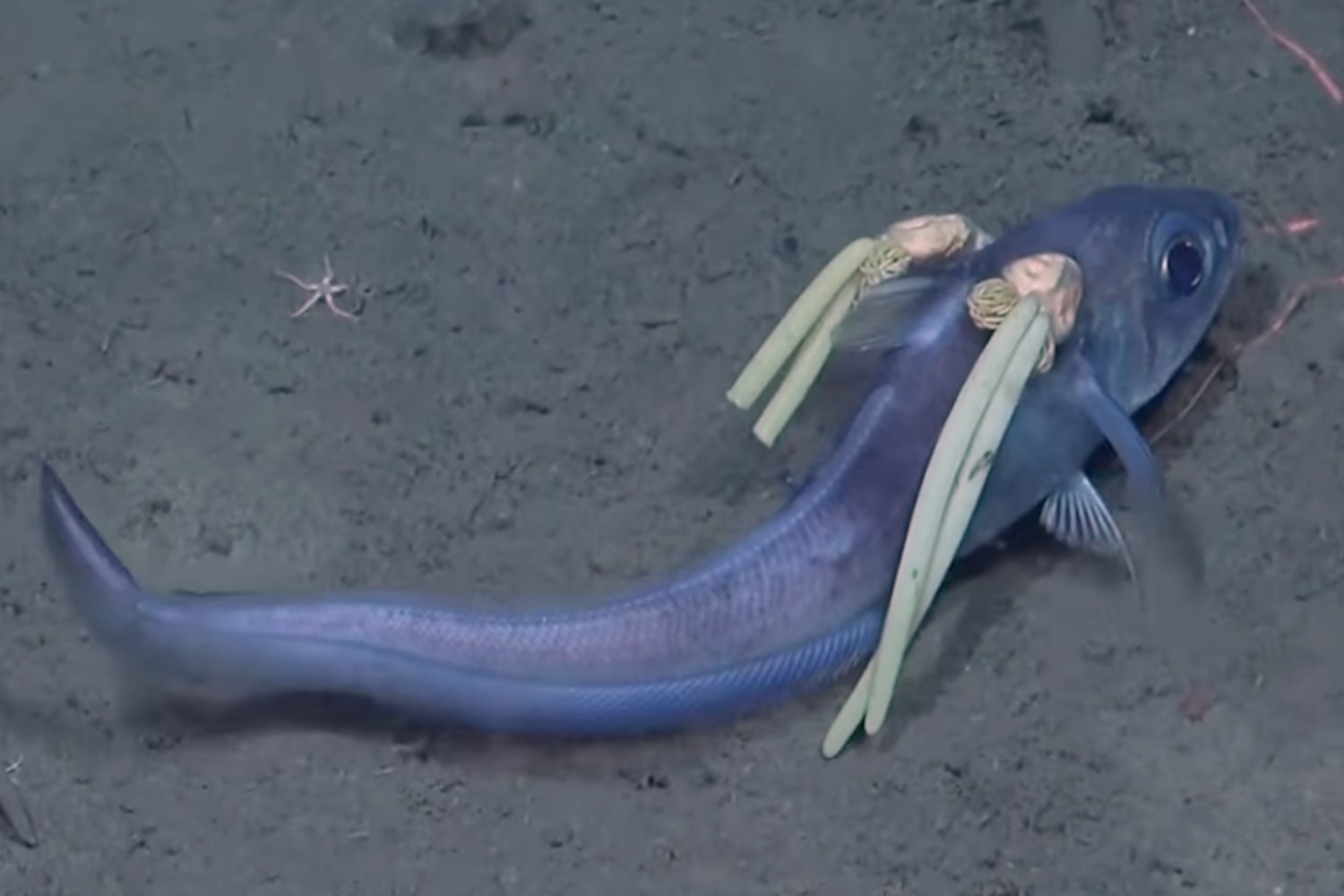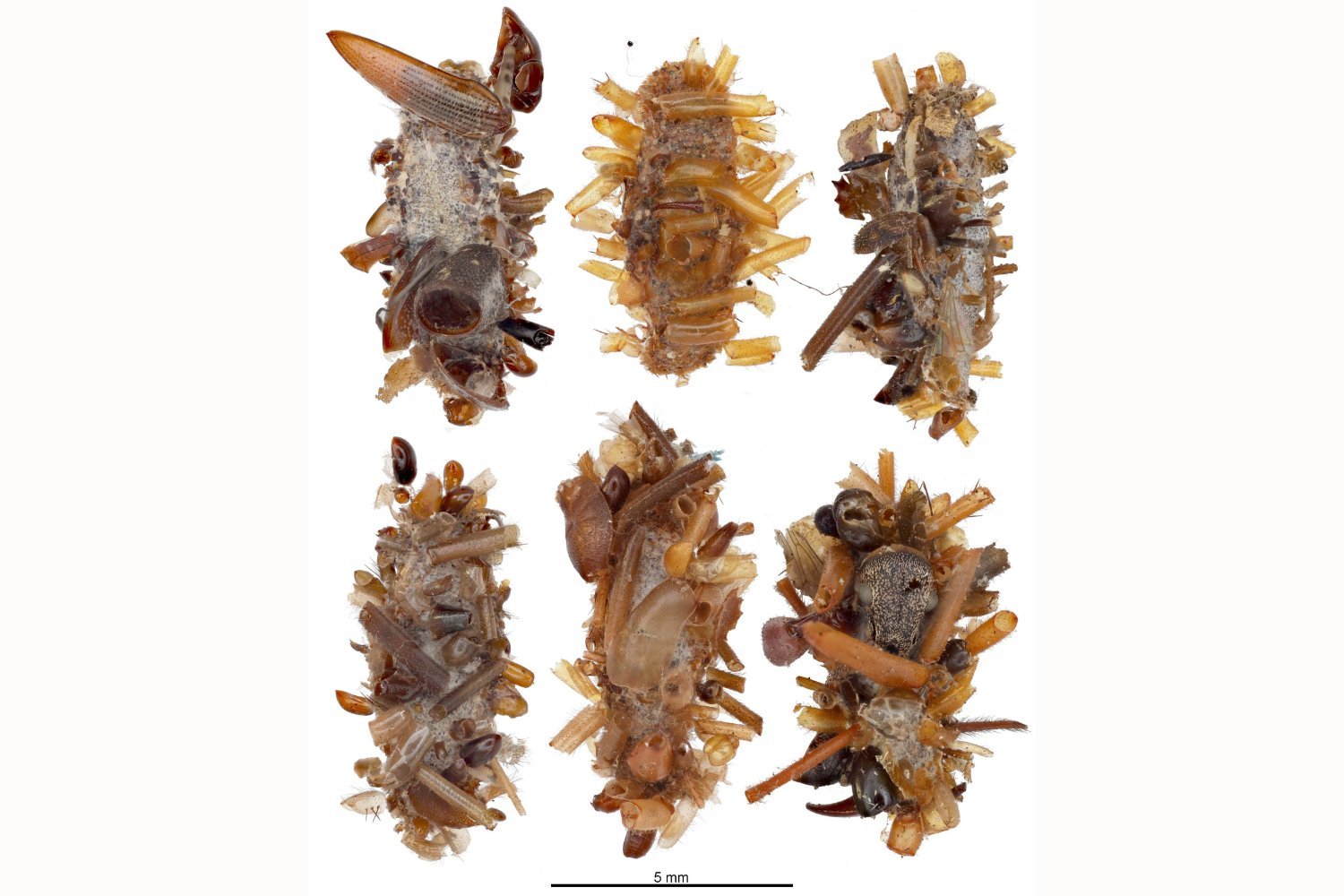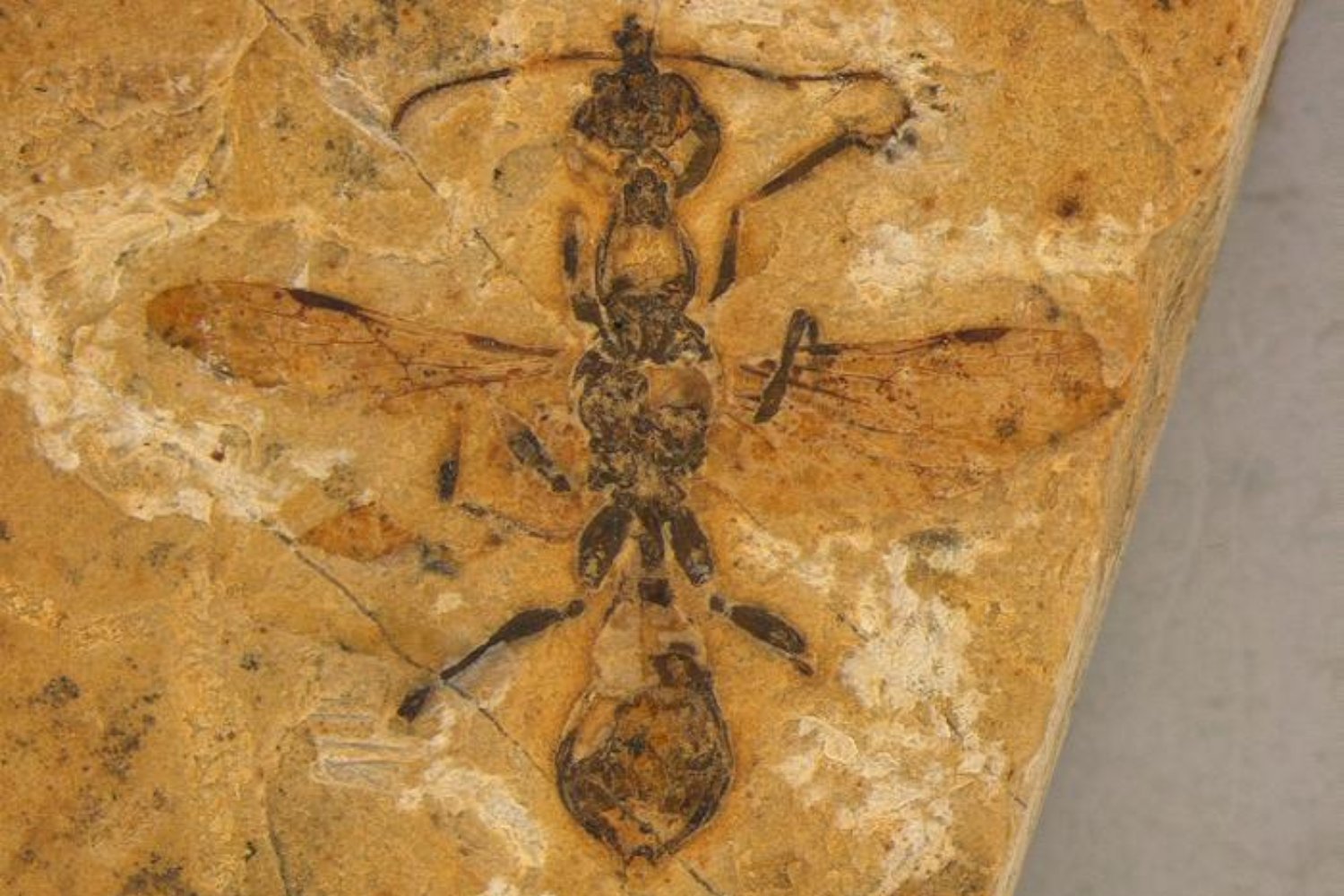Ankylosaurs, heavily armored dinosaurs often likened to living tanks, roamed the Earth during the Late Jurassic and Cretaceous periods. These herbivores are divided into two main groups: nodosaurids, lacking tail clubs, and ankylosaurids, possessing distinctive clubbed tails. While four-toed nodosaurid footprints are relatively common in North America, evidence of three-toed ankylosaurids has been elusive until now. A groundbreaking discovery in Canada’s Peace Region has unearthed the first known ankylosaurid footprints, offering exciting insights into these fascinating creatures.
A team of international researchers has identified 100-million-year-old fossilized footprints, representing a new ankylosaurid species named Ruopodosaurus clava. This discovery fills a significant gap in North America’s mid-Cretaceous fossil record and sheds light on the coexistence of nodosaurids and ankylosaurids in the region.
A New Species: Ruopodosaurus clava
Victoria Arbour, curator of paleontology at the Royal BC Museum, stated that while the exact appearance of Ruopodosaurus remains unknown, it’s estimated to have been 16 to over 19 feet long, covered in spikes and armor, and equipped with either a stiff tail or a full tail club. The name Ruopodosaurus clava translates to “the tumbled-down lizard with a club/mace,” referencing the mountainous terrain where the footprints were found and the dinosaur’s powerful tail. This research, published in the Journal of Vertebrate Paleontology, details the meticulous work of Arbour and her colleagues.
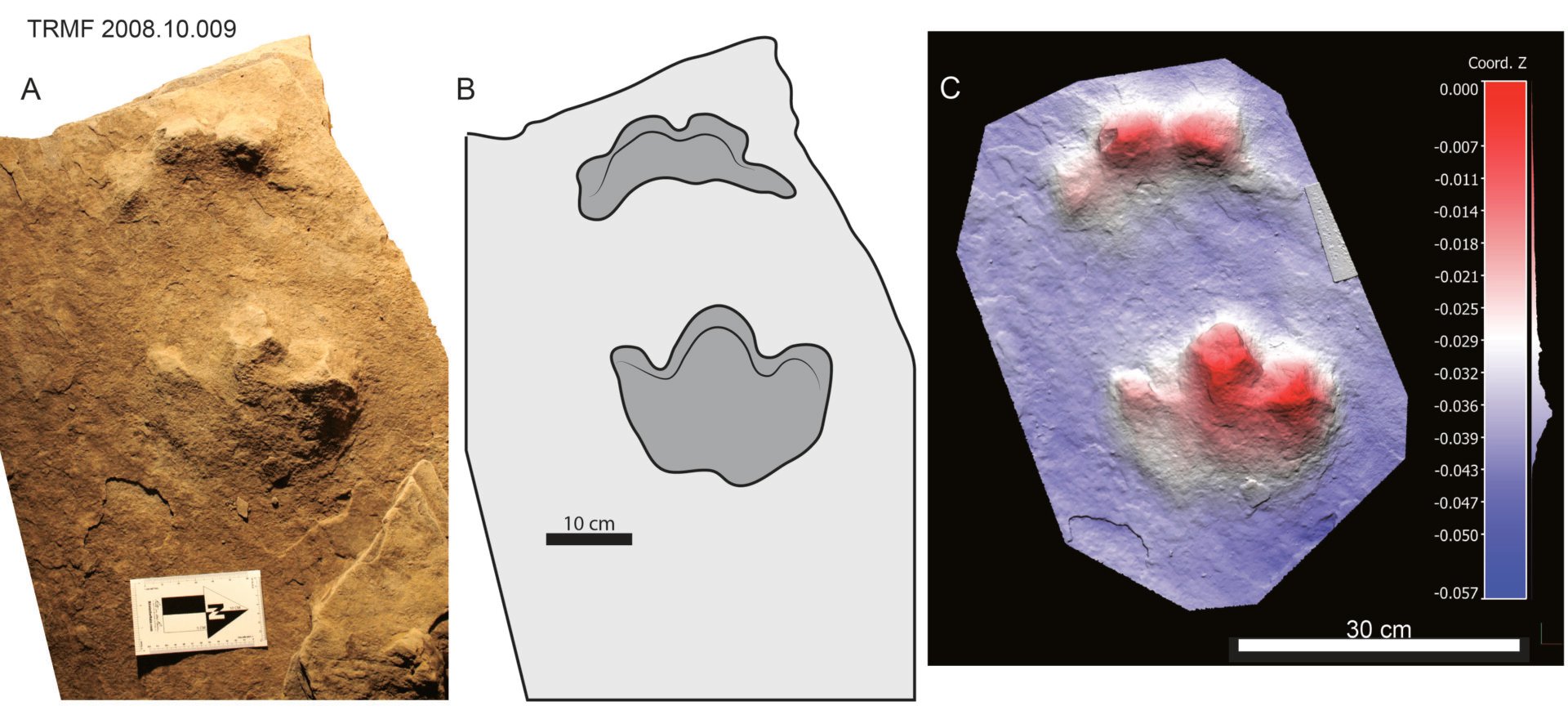 Footprints*Ruopodosaurus hand and footprints. (Credit: V. Arbour/C. Helm)
Footprints*Ruopodosaurus hand and footprints. (Credit: V. Arbour/C. Helm)
Filling the Fossil Gap
The footprints, dated between 100 and 94 million years ago, are particularly significant because they address a previous lack of evidence for ankylosaurids in North America during this period. This discovery confirms their presence and showcases the coexistence of both ankylosaurid and nodosaurid species in the region millions of years ago.
The Tumbler Ridge Connection
The research originated with Charles Helm, a scientific advisor at the Tumbler Ridge Museum and co-author of the study, who documented three-toed tracks around Tumbler Ridge, British Columbia. This area, located in the foothills of the Canadian Rockies, has become synonymous with ankylosaurs since the discovery of an ankylosaur trackway in 2000. Helm emphasized the excitement of confirming two types of ankylosaurs inhabiting the region, with Ruopodosaurus being unique to this area of Canada.
The Peace Region’s Paleontological Significance
Arbour highlighted the Peace Region’s importance in understanding dinosaur evolution in North America, suggesting that many more discoveries await. This research not only provides the first evidence of ankylosaurid footprints but also adds a crucial piece to the ankylosaur fossil record puzzle.
Conclusion
The discovery of Ruopodosaurus clava footprints represents a significant step forward in paleontological research. These ancient tracks provide valuable insights into the diversity and distribution of ankylosaurs during the mid-Cretaceous period, confirming the presence of club-tailed ankylosaurids in North America and enriching our understanding of these remarkable prehistoric creatures. The Peace Region of British Columbia continues to be a vital area for paleontological exploration, promising further exciting discoveries in the future.



